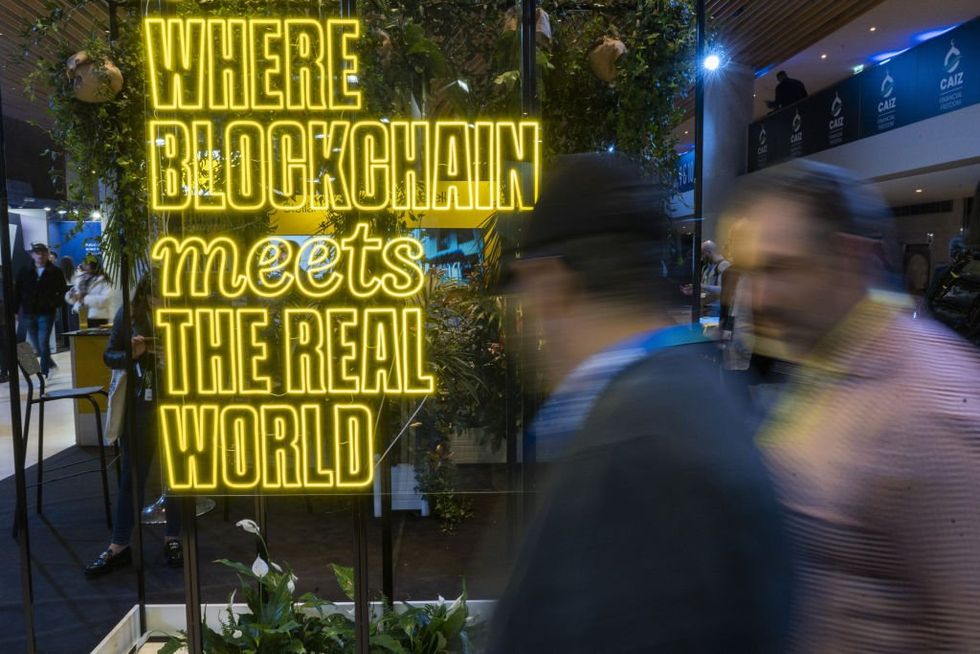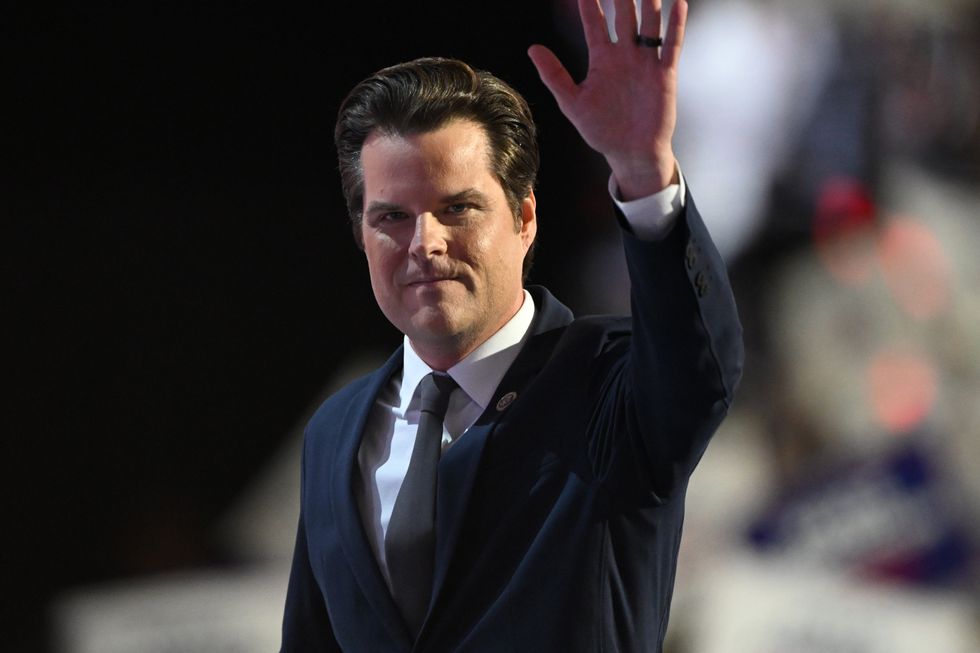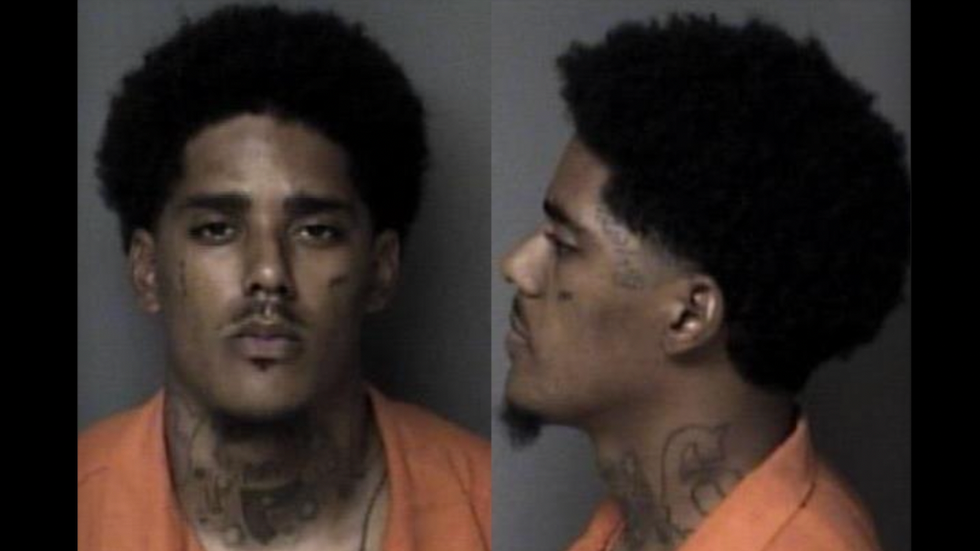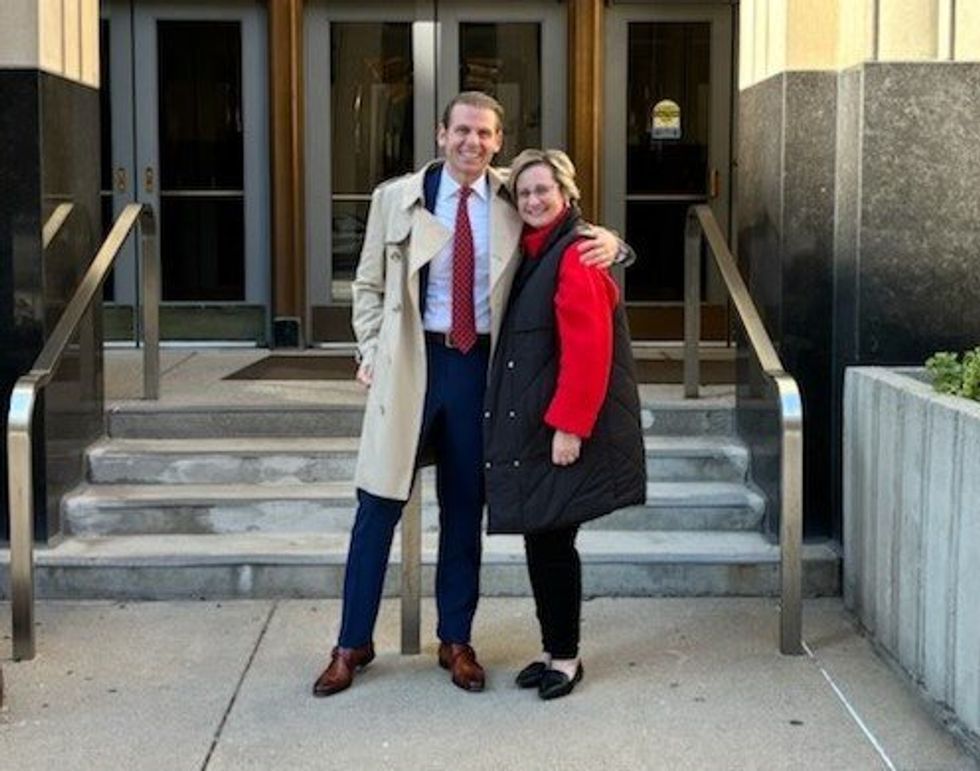Tokenization trap: How you could lose everything on the blockchain
The term “democratization” typically evokes the ideals of freedom and the process of a government transitioning from authoritarianism to democracy. Today, however, we also use democratization in finance to describe reducing barriers to enter certain markets or activities. Although financial democratization appears to grant more people access to markets, it can also come at the cost of personal freedom, privacy, and property rights. While democratization of markets may sound benevolent, it is the path toward owning nothing tangible in the real world. A search for “democratization” on the World Economic Forum’s website reveals that everything — from tangible goods to intangible concepts — is being democratized through dematerialization. This process includes physical goods, precious metals, capital markets, cryptocurrencies, deepfake applications, media content, travel, computing, digital connectivity, access to technology, skills, growth — even the sky. Let’s focus on the “tokenization” of assets. Democratization of assets occurs through the process of tokenization. Essentially, tokenization dematerializes physical assets into digital assets (tokens) so they can be exchanged on a blockchain. Tokenized physical assets, such as real estate or art, are called real-world assets. Tokenized securities are called digital asset securities. When a real-world asset like a painting is tokenized, it exists in two forms: its original physical form and a newly created digital “twin,” called a token, which resides on a blockchain. Each token is linked to a “smart contract,” which details the asset’s fair value, ownership, and other attributes. Smart contracts contain code that instructs the blockchain to perform specific functions, such as buying or selling under certain conditions. As a result, even though the painting never leaves its physical location, it can still be instantly bought or traded multiple times on the blockchain. Tokenization aims to make markets more accessible by turning physical assets into liquid forms, similar to cash, which allows more people to participate in capital markets. Once assets are liquid, they can be used to buy and sell fractional shares of a real-world asset or digital security. Fractional ownership means purchasing a portion of the entire asset or stock. To be clear, fractional ownership of a real-world asset does not equate to true ownership. For example, you cannot physically hang your portion of a painting in your home. When you purchase fractional shares in a painting, you are essentially buying an “interest” in its future value, not the physical asset itself. While democratization of markets may sound benevolent, it is the path toward owning nothing tangible in the real world. DTCC Digital Assets, a division of the Depository Trust and Clearing Corporation — one of the world’s most powerful financial institutions and a leading advocate for tokenization — claims that digital securities have similar functions and rights as traditional securities. While this might sound reassuring to some, the reality is that our property rights to investment securities have already been completely subverted by covert changes to the Uniform Commercial Code, a set of state laws governing commercial transactions in the United States. Banking lobbyists and their allies largely drove the amendment of UCC Article 8 — which governs investment securities — by all 50 states 30 years ago. These changes revoked investors’ fundamental property rights to their securities, replacing them with a “security entitlement,” which is essentially just a contract for the securities that most investors believe they own. Now, legal ownership rights to traditional securities typically belong to the Depository Trust Company, a subsidiary of the DTCC, which holds approximately $87 trillion worth of pooled securities in trust for securities brokers and other financial institutions. Under this new arrangement, “entitlement holders” are treated as unsecured creditors rather than property owners. The “secured creditors” are the too-big-to-fail financial institutions to which securities brokers have pledged investors’ assets as collateral for loans and derivatives. In other words, if a securities broker or the DTC/DTCC goes bankrupt, their creditors — primarily the world’s largest banks — have priority over the securities that investors believe they own. When it comes to asset tokenization, the goal of the DTCC and other financial giants is to undermine our property rights to tangible assets, just as they have done with investment securities. Purchasers of tokenized real-world assets own an “interest” in the assets, similar to how securities buyers own “entitlements” to the securities. These “interests” and “entitlements” are intangible to individuals but provide tangible wealth-building opportunities for secured creditors. The dematerialization and tokenization of real-world assets coul


The term “democratization” typically evokes the ideals of freedom and the process of a government transitioning from authoritarianism to democracy. Today, however, we also use democratization in finance to describe reducing barriers to enter certain markets or activities.
Although financial democratization appears to grant more people access to markets, it can also come at the cost of personal freedom, privacy, and property rights.
While democratization of markets may sound benevolent, it is the path toward owning nothing tangible in the real world.
A search for “democratization” on the World Economic Forum’s website reveals that everything — from tangible goods to intangible concepts — is being democratized through dematerialization. This process includes physical goods, precious metals, capital markets, cryptocurrencies, deepfake applications, media content, travel, computing, digital connectivity, access to technology, skills, growth — even the sky.
Let’s focus on the “tokenization” of assets.
Democratization of assets occurs through the process of tokenization. Essentially, tokenization dematerializes physical assets into digital assets (tokens) so they can be exchanged on a blockchain. Tokenized physical assets, such as real estate or art, are called real-world assets. Tokenized securities are called digital asset securities.
When a real-world asset like a painting is tokenized, it exists in two forms: its original physical form and a newly created digital “twin,” called a token, which resides on a blockchain. Each token is linked to a “smart contract,” which details the asset’s fair value, ownership, and other attributes. Smart contracts contain code that instructs the blockchain to perform specific functions, such as buying or selling under certain conditions. As a result, even though the painting never leaves its physical location, it can still be instantly bought or traded multiple times on the blockchain.
Tokenization aims to make markets more accessible by turning physical assets into liquid forms, similar to cash, which allows more people to participate in capital markets. Once assets are liquid, they can be used to buy and sell fractional shares of a real-world asset or digital security. Fractional ownership means purchasing a portion of the entire asset or stock.
To be clear, fractional ownership of a real-world asset does not equate to true ownership. For example, you cannot physically hang your portion of a painting in your home. When you purchase fractional shares in a painting, you are essentially buying an “interest” in its future value, not the physical asset itself.
While democratization of markets may sound benevolent, it is the path toward owning nothing tangible in the real world.
DTCC Digital Assets, a division of the Depository Trust and Clearing Corporation — one of the world’s most powerful financial institutions and a leading advocate for tokenization — claims that digital securities have similar functions and rights as traditional securities. While this might sound reassuring to some, the reality is that our property rights to investment securities have already been completely subverted by covert changes to the Uniform Commercial Code, a set of state laws governing commercial transactions in the United States.
Banking lobbyists and their allies largely drove the amendment of UCC Article 8 — which governs investment securities — by all 50 states 30 years ago. These changes revoked investors’ fundamental property rights to their securities, replacing them with a “security entitlement,” which is essentially just a contract for the securities that most investors believe they own. Now, legal ownership rights to traditional securities typically belong to the Depository Trust Company, a subsidiary of the DTCC, which holds approximately $87 trillion worth of pooled securities in trust for securities brokers and other financial institutions.
Under this new arrangement, “entitlement holders” are treated as unsecured creditors rather than property owners. The “secured creditors” are the too-big-to-fail financial institutions to which securities brokers have pledged investors’ assets as collateral for loans and derivatives. In other words, if a securities broker or the DTC/DTCC goes bankrupt, their creditors — primarily the world’s largest banks — have priority over the securities that investors believe they own.
When it comes to asset tokenization, the goal of the DTCC and other financial giants is to undermine our property rights to tangible assets, just as they have done with investment securities. Purchasers of tokenized real-world assets own an “interest” in the assets, similar to how securities buyers own “entitlements” to the securities. These “interests” and “entitlements” are intangible to individuals but provide tangible wealth-building opportunities for secured creditors.
The dematerialization and tokenization of real-world assets could easily enable powerful financial institutions to take ownership of those assets. This is because the newly tokenized assets would reside on a blockchain centrally controlled by those same institutions, such as the immensely powerful DTCC.
Suppose an individual wants to buy shares in the stock market but lacks the cash. After tokenizing his real-world assets — such as his house, car, and fractional “ownership” of a painting — these assets would reside in digital form on a blockchain. If his house and car are collateral for a tokenized mortgage and auto loan, the banks could continue leveraging them in the derivative market, as they do in the pre-tokenization world. This would allow the individual to enter the stock market by using his tokenized painting as collateral in a margin account.
The individual’s shares would then become digital asset securities exchanged on a blockchain. This blockchain would likely be centrally administered by a powerful financial institution, such as DTCC Digital Assets, which is devoted to “establishing an industry-wide digital asset ecosystem to drive acceptance of tokenized assets.”
Since this individual’s RWA tokens would serve as collateral for his margin account, his broker could use these tokenized real-world assets for its own trading purposes in derivative markets, likely on DTCC Digital Assets’ blockchain.
In this scenario, the individual’s real-world and digital assets would be under DTCC’s control and possession in the derivatives complex. If the individual’s broker or DTCC Digital Assets became insolvent during an economic crisis, their creditors would gain ownership of the individual’s shares and tokenized real-world assets, just as creditors currently do with securities under UCC Article 8.
While this “democratization” of financial markets claims to benefit participants, it simultaneously strips individuals of their rights to their property, representing the ultimate bait and switch. That doesn’t seem like a trade worth making.
Originally Published at Daily Wire, World Net Daily, or The Blaze
What's Your Reaction?
































































































